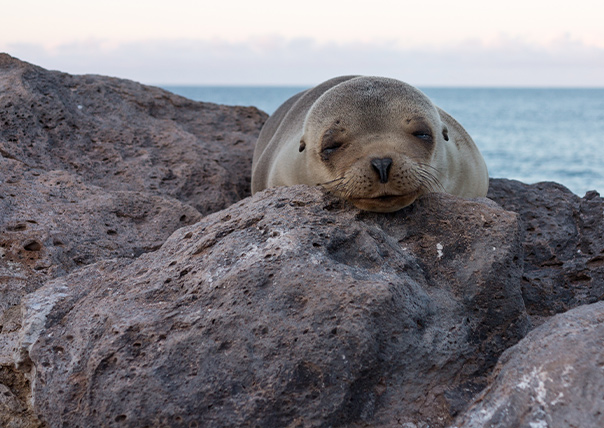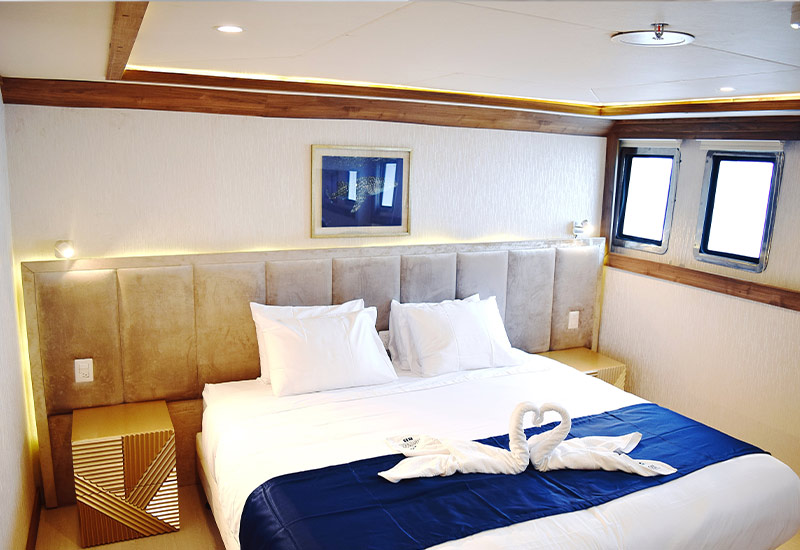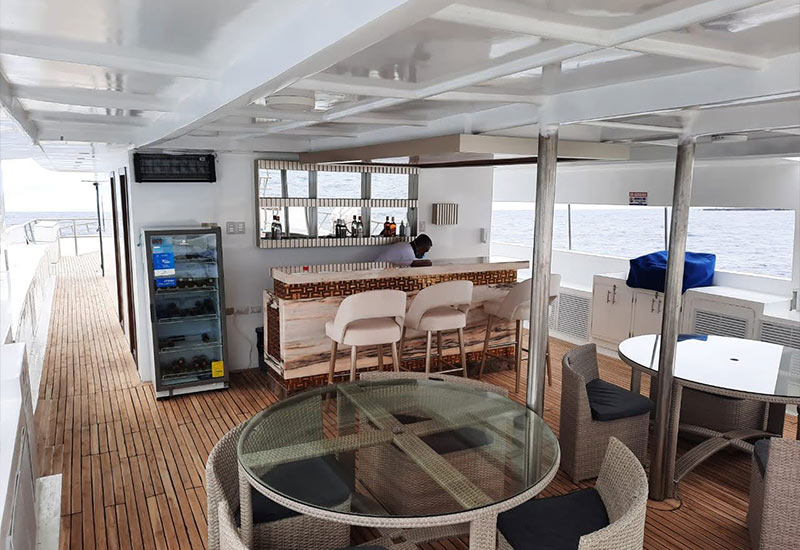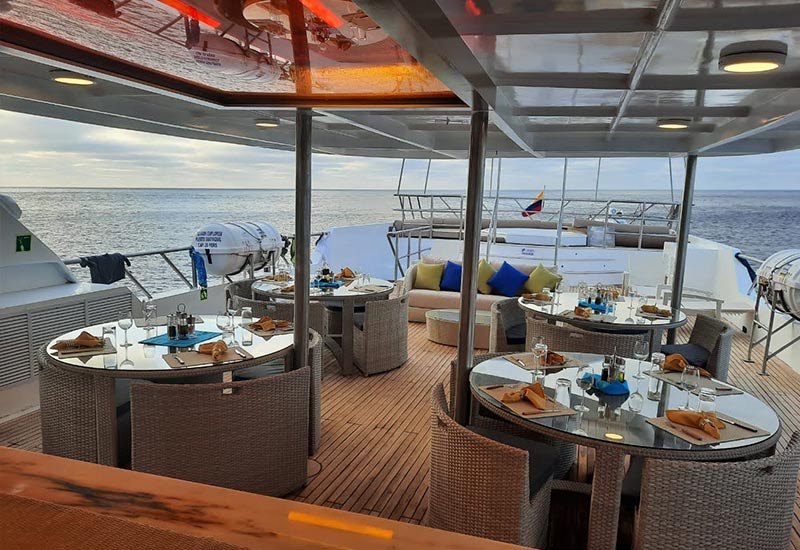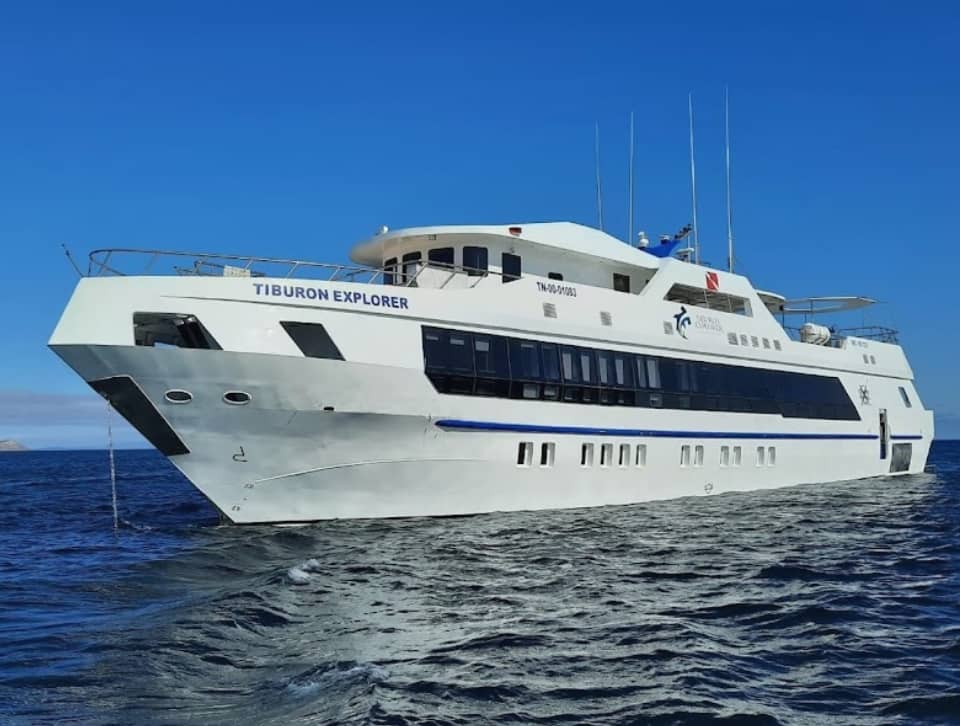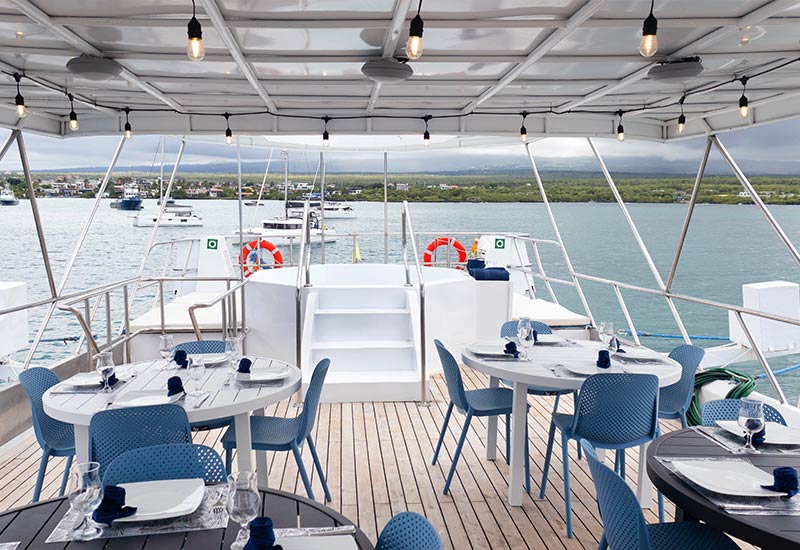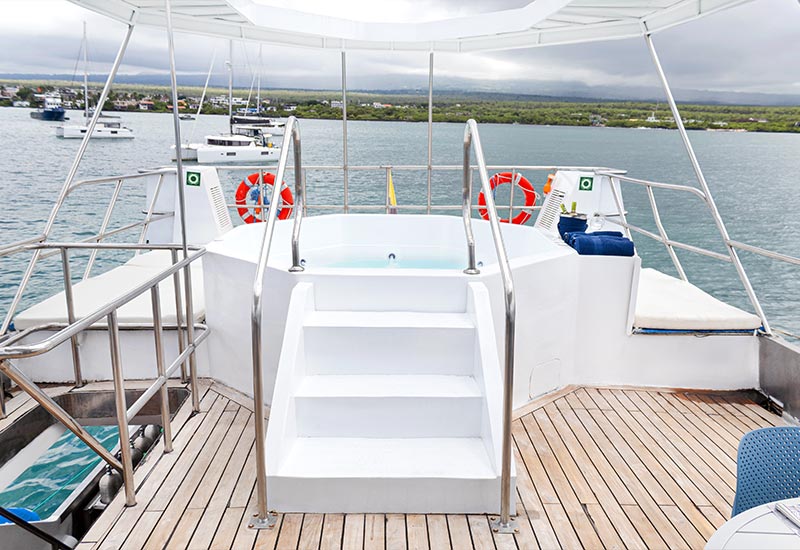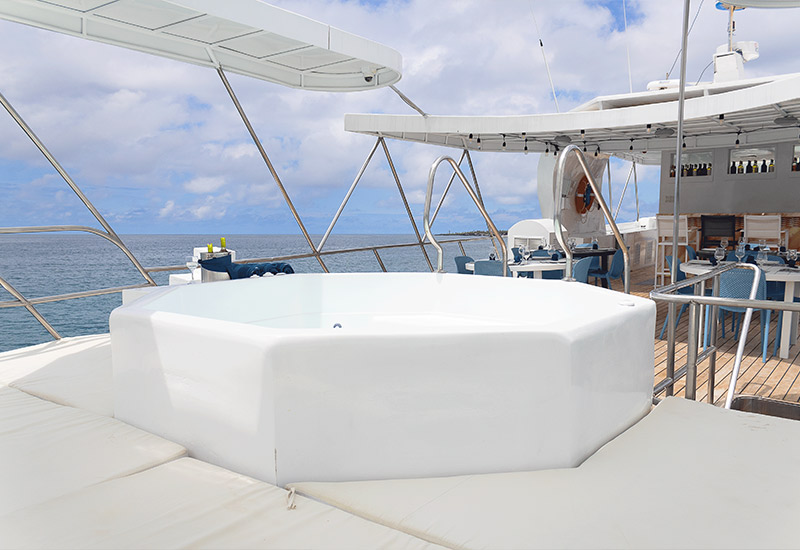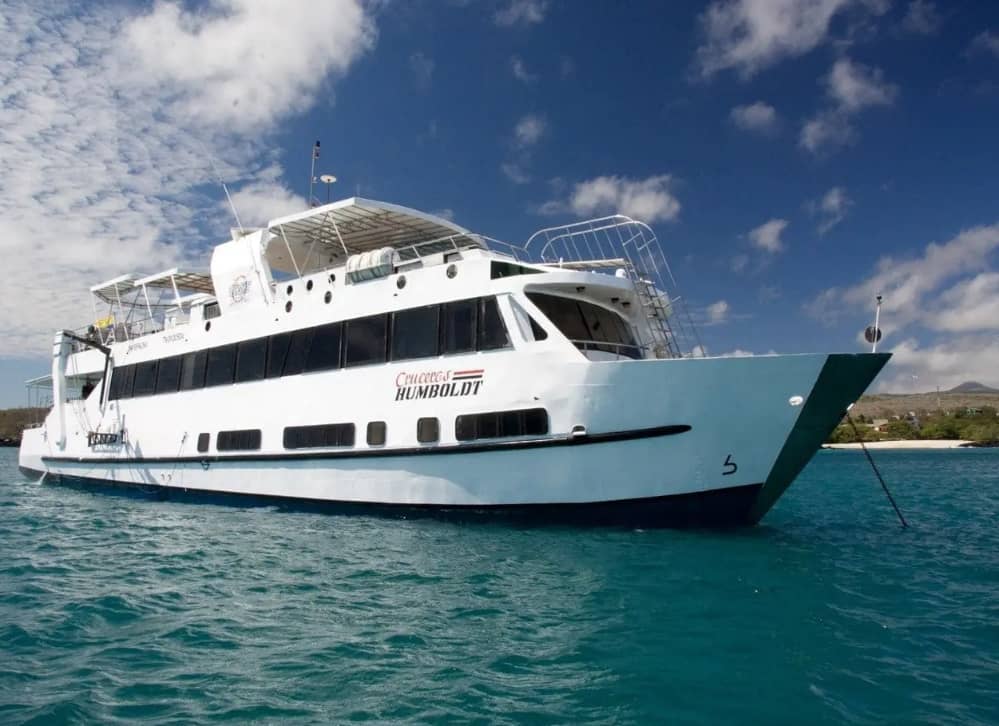The islands provided sheltered anchorage, firewood, water and an abundance of fresh food thanks to the giant tortoises.
Adventurers made the first rough charts of the archipelago by the late 1600’s, and scientific exploration began in the late 18th century.
Charles Darwin, possibly the Galápagos’ most famous visitor, dropped anchor from his ship, the Beagle, in 1835.
Based on the notes and wildlife collections made during his five-week stay, he developed his theory of evolution and his explanation of the origin of the species.
His works spawned the creation–evolution controversy, a recurring history of the universe and of life on this planet.
Ecuador officially claimed the Galápagos Archipelago in 1832.
The remaining 3% consists of inhabited towns and farm lands.
Twenty years later, in 1979, UNESCO declared the Galápagos a World Heritage Site, and in 1986 the Galápagos Marine Resources Reserve was established to include protection of the waters around the archipelago.
The islands were also declared a Whale Sanctuary in 1990.
